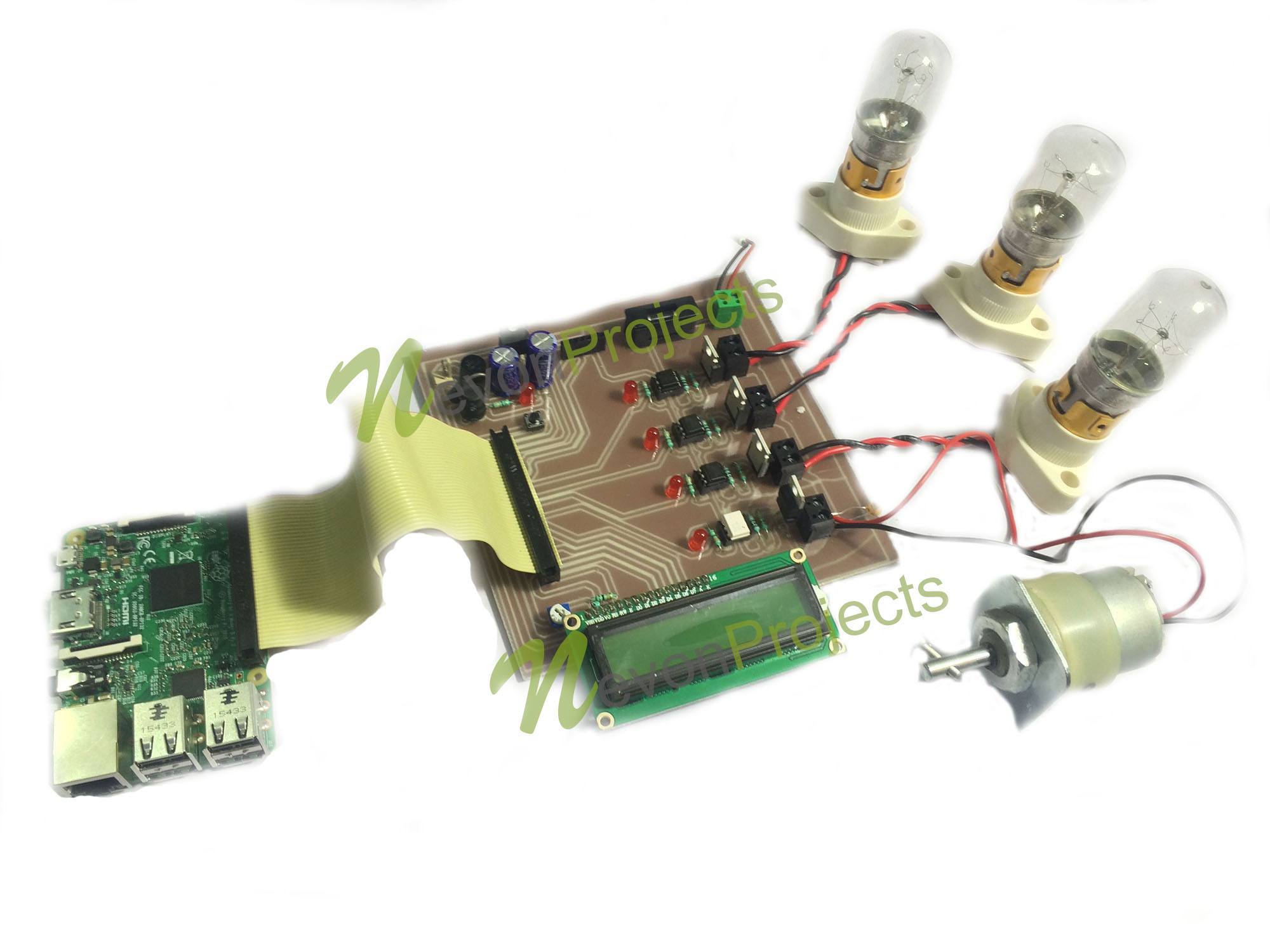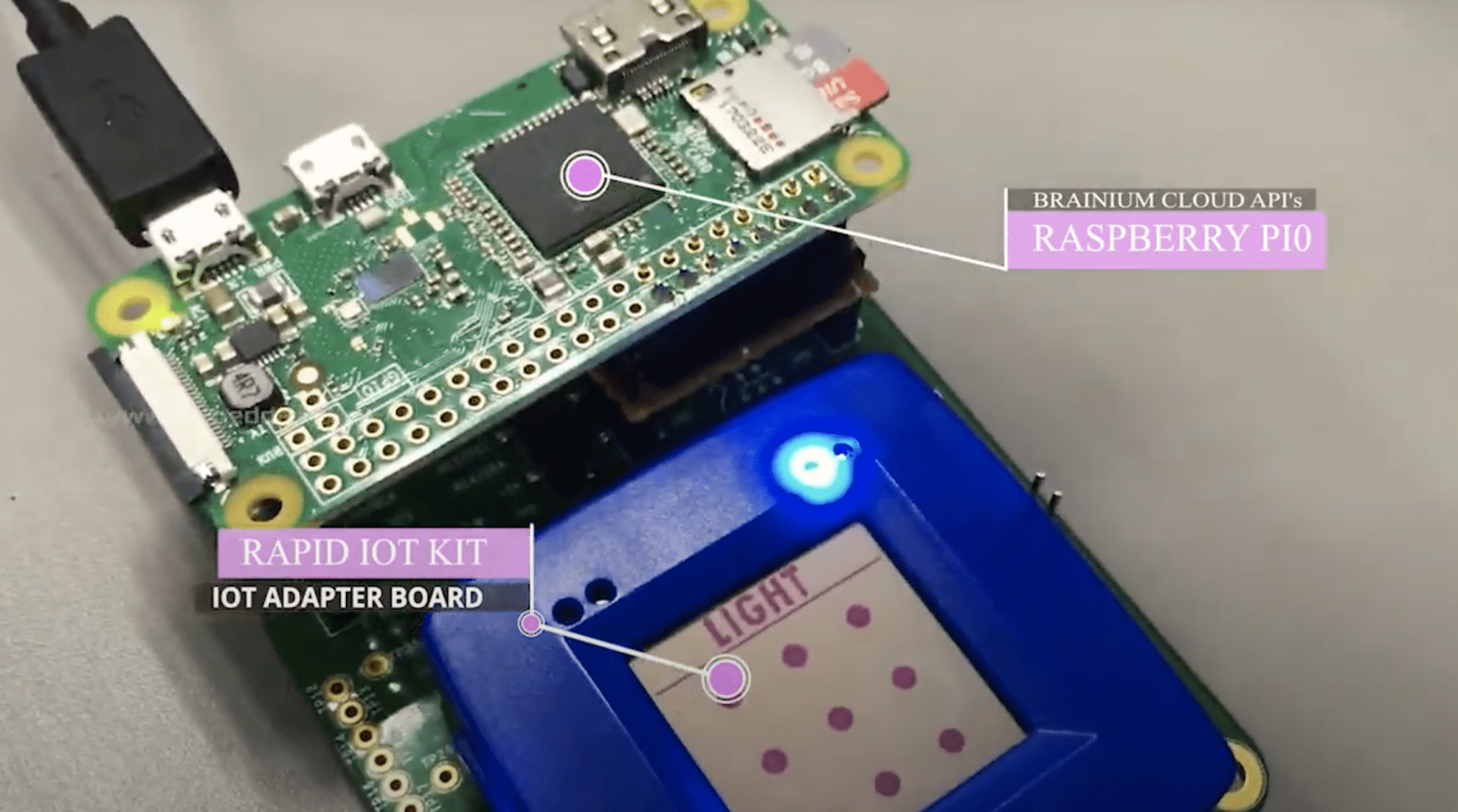Imagine being able to control your IoT devices from anywhere in the world without breaking the bank. With remote IoT VPC on Raspberry Pi, you can achieve just that. In this comprehensive guide, we'll explore how to set up a secure and efficient remote IoT environment using Raspberry Pi for free.
In today's digital age, the Internet of Things (IoT) has transformed the way we interact with devices. However, managing IoT devices remotely often comes with challenges, such as security concerns and costs. This guide will walk you through creating a private virtual cloud (VPC) using Raspberry Pi, enabling seamless remote access to your IoT devices.
Whether you're a beginner or an experienced user, this step-by-step tutorial will provide you with all the tools and knowledge you need to set up a free remote IoT VPC with Raspberry Pi. Let's dive in and unlock the potential of your IoT ecosystem.
Table of Contents
- Introduction to Remote IoT VPC with Raspberry Pi
- Raspberry Pi Basics for IoT Deployment
- Setting Up a VPC for IoT Devices
- Enabling Secure Remote Access
- Software Requirements and Installation
- Enhancing Network Security
- Troubleshooting Common Issues
- Cost-Effective Solutions for IoT Deployment
- Real-World Case Studies
- Conclusion and Next Steps
Introduction to Remote IoT VPC with Raspberry Pi
The concept of remote IoT VPC involves creating a virtual private cloud that allows IoT devices to communicate securely over the internet. Raspberry Pi serves as an affordable and versatile platform for building such systems. By leveraging Raspberry Pi, users can establish a robust infrastructure for managing IoT devices remotely.
Remote IoT VPC offers numerous advantages, including improved scalability, enhanced security, and reduced costs. This setup is particularly beneficial for small businesses, hobbyists, and individuals looking to explore IoT technology without significant financial investment.
In this section, we will explore the foundational concepts of remote IoT VPC and discuss why Raspberry Pi is an ideal choice for this application. Additionally, we will highlight the benefits of using a free solution for IoT deployment.
Raspberry Pi Basics for IoT Deployment
Understanding Raspberry Pi
Raspberry Pi is a credit-card-sized computer that has gained immense popularity among developers and enthusiasts. Its affordability, low power consumption, and versatility make it an excellent choice for IoT projects. By integrating Raspberry Pi into your IoT setup, you can create a powerful remote control center for your devices.
Key Features of Raspberry Pi
- Compact size and lightweight design
- Multiple GPIO pins for connecting sensors and actuators
- Support for various operating systems, including Linux distributions
- Community-driven support and extensive documentation
These features make Raspberry Pi an ideal platform for building a remote IoT VPC. With its ability to run lightweight server applications, Raspberry Pi can serve as the central hub for managing IoT devices.
Setting Up a VPC for IoT Devices
Creating a virtual private cloud (VPC) for IoT devices involves several steps. First, you need to configure the Raspberry Pi as a server. Then, you must establish secure communication channels between the IoT devices and the Raspberry Pi. Below, we outline the process for setting up a VPC:
Step 1: Install the Operating System
Begin by installing a suitable operating system on your Raspberry Pi. For IoT applications, Linux-based distributions such as Raspbian or Ubuntu Server are highly recommended. These operating systems provide the necessary tools and libraries for running server applications.
Step 2: Configure Network Settings
Next, configure the network settings on your Raspberry Pi to ensure it can communicate with your IoT devices. This involves setting up static IP addresses, configuring firewalls, and enabling port forwarding if needed.
Step 3: Secure the VPC Environment
Security is a critical aspect of any IoT deployment. Implement measures such as encryption, authentication, and access control to protect your VPC environment. Additionally, consider using secure communication protocols like HTTPS or SSH for remote access.
Enabling Secure Remote Access
Once your VPC is set up, you need to enable secure remote access to your Raspberry Pi. This can be achieved through various methods, including SSH, VPN, or cloud-based solutions. Below are some options for enabling remote access:
SSH for Remote Access
Secure Shell (SSH) is a widely used protocol for remote access. It provides encrypted communication between your device and the Raspberry Pi. To enable SSH on your Raspberry Pi, follow these steps:
- Enable SSH in the Raspberry Pi configuration settings
- Generate SSH keys for authentication
- Connect to the Raspberry Pi using an SSH client
VPN for Enhanced Security
A Virtual Private Network (VPN) offers an additional layer of security by encrypting all data transmitted between your device and the Raspberry Pi. Setting up a VPN involves installing a VPN server on your Raspberry Pi and configuring client devices to connect to it.
Software Requirements and Installation
To implement a remote IoT VPC with Raspberry Pi, you will need to install specific software packages. These packages provide the functionality required for managing IoT devices and ensuring secure communication. Below are some essential software components:
MQTT Broker
Message Queuing Telemetry Transport (MQTT) is a lightweight protocol commonly used for IoT communication. Install an MQTT broker such as Mosquitto on your Raspberry Pi to facilitate communication between IoT devices.
Web Server
A web server allows you to access your IoT devices through a web interface. Popular choices include Apache and Nginx. Install a web server on your Raspberry Pi and configure it to serve your IoT dashboard.
Enhancing Network Security
Network security is paramount when implementing a remote IoT VPC. Failure to secure your network can lead to unauthorized access and potential data breaches. Below are some best practices for enhancing network security:
Use Strong Passwords
Ensure that all accounts on your Raspberry Pi and IoT devices are protected with strong, unique passwords. Avoid using default credentials and regularly update passwords to minimize the risk of unauthorized access.
Enable Two-Factor Authentication
Two-factor authentication (2FA) adds an extra layer of security by requiring users to provide two forms of identification before gaining access. Enable 2FA on your Raspberry Pi and IoT devices to enhance security.
Troubleshooting Common Issues
Despite careful planning, issues may arise during the setup and operation of your remote IoT VPC. Below are some common problems and their solutions:
Connection Issues
If you encounter connection issues, verify your network settings and ensure that all devices are connected to the same network. Check for firewall rules that may block communication and restart your Raspberry Pi if necessary.
Device Compatibility
Ensure that all IoT devices are compatible with the protocols and software used in your VPC. Consult the device documentation and update firmware if required to resolve compatibility issues.
Cost-Effective Solutions for IoT Deployment
One of the primary advantages of using Raspberry Pi for remote IoT VPC is its cost-effectiveness. Unlike commercial solutions, Raspberry Pi offers a free and open-source platform for building IoT systems. Below are some tips for maximizing cost savings:
Utilize Open-Source Software
Leverage open-source software for your IoT deployment. This eliminates the need for expensive licenses and provides access to a vast community of developers for support and collaboration.
Repurpose Existing Hardware
Consider repurposing existing hardware, such as old computers or routers, to supplement your Raspberry Pi setup. This reduces the need for additional purchases and minimizes costs.
Real-World Case Studies
To illustrate the practical applications of remote IoT VPC with Raspberry Pi, we present two real-world case studies:
Case Study 1: Smart Home Automation
A homeowner implemented a remote IoT VPC using Raspberry Pi to control smart home devices such as lights, thermostats, and security cameras. By integrating these devices into a single VPC, the homeowner achieved centralized control and enhanced security.
Case Study 2: Industrial IoT Monitoring
An industrial facility deployed a remote IoT VPC with Raspberry Pi to monitor equipment performance and environmental conditions. The setup enabled real-time data collection and analysis, leading to improved efficiency and reduced downtime.
Conclusion and Next Steps
In conclusion, setting up a remote IoT VPC with Raspberry Pi is a cost-effective and powerful solution for managing IoT devices. By following the steps outlined in this guide, you can create a secure and efficient infrastructure for your IoT ecosystem.
We encourage you to take action by experimenting with Raspberry Pi and exploring its potential for IoT applications. Share your experiences and insights in the comments section below, and consider exploring other articles on our site for further guidance.
Remember, the possibilities are endless when it comes to IoT. Embrace the technology and unlock new opportunities for innovation and growth.

